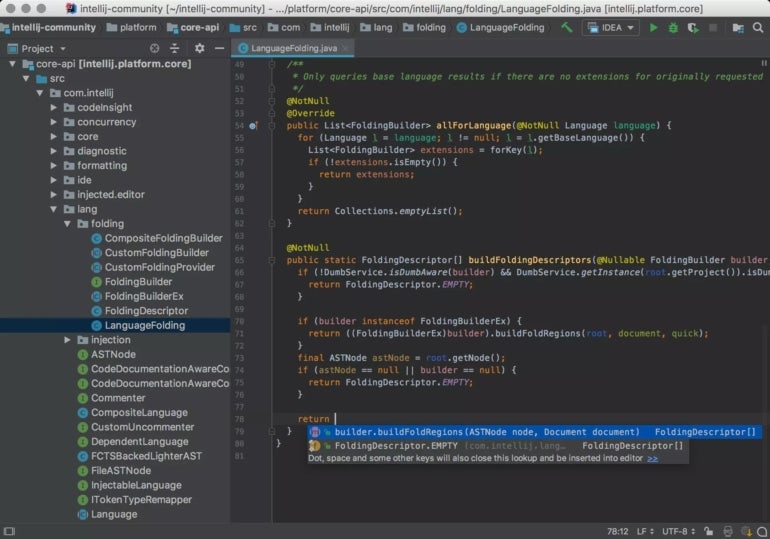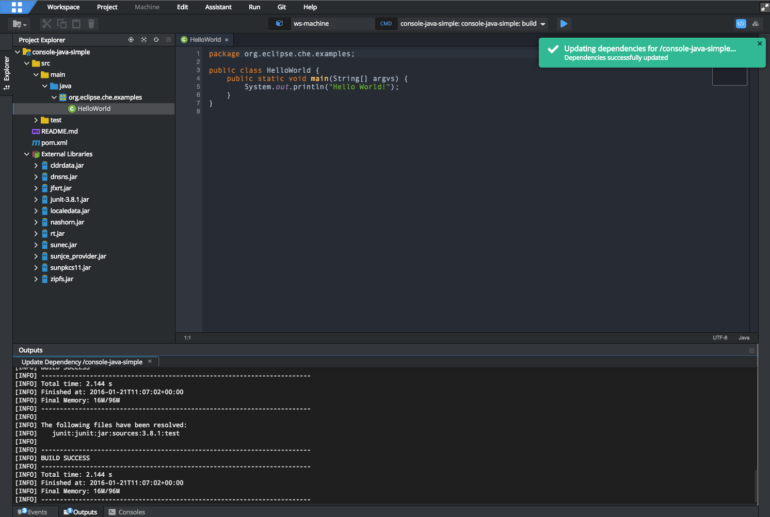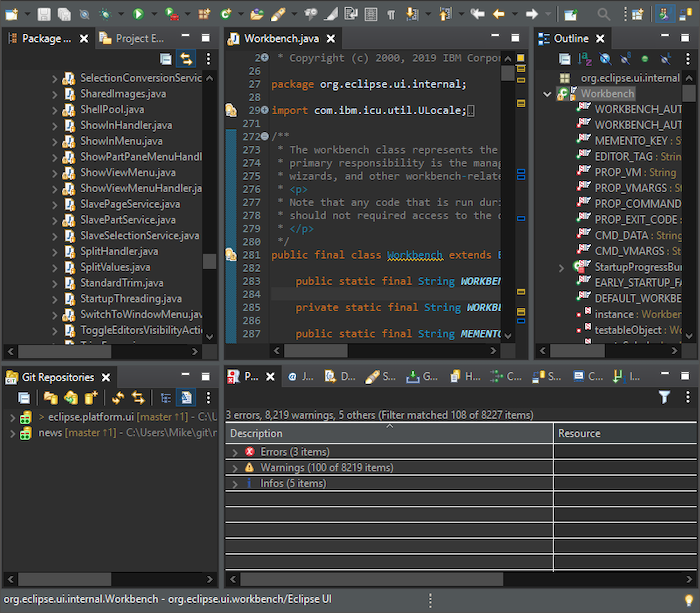
A look at some of the best integrated development environments (IDEs) and code editors for Java software developers. Learn more.
Back in the early days of Java, developers created applications using nothing more than notepad and the DOS command prompt. Thanks to the advent of IDEs, those days are gone forever. Short for Integrated Development Environment, IDEs have drastically increased development speed and efficiency. This tutorial series will cover what kinds of functionally IDEs encompass as well as present the top IDEs for Java development. You will be delighted to know straight-away that some of the very best IDEs are completely free! And while there is inevitably some learning required to get accustomed to an IDE’s workflow, it is well worth the effort.
As the name implies, an Integrated Development Environment (IDE) bundles all the tools developers need to write, debug, and test their code. Hence, an IDE allows developers to improve productivity by accomplishing all of their work within a single environment. Each IDE comes with a different set of tools and resources, but they all include an advanced text editor, build tools, and a debugger at a minimum.
The most common features of an IDE include:
Beyond the basic features listed above, many IDEs come with more advanced features that can really elevate your coding game! These include:
SEE: Top TechRepublic Academy Java Courses
Without further ado, here are the top Java IDEs, starting with the top three.
Developed by JetBrains, IntelliJ IDEA was the most used Java IDE in 2022, with more than 33 percent of the market share. The IDE itself was written in Java and supports a variety of JVM-based languages, including Java, Kotlin, Groovy, and others. IntelliJ IDEA is both a highly capable and ergonomic IDE, which includes a plethora of features to boost productivity without cluttering the user interface. It includes a variety of tools that make programming easier, like smart completion, cross-language refactoring, data flow analysis, and language injection.
IntelliJ IDEA is available in two editions: the Apache 2 licensed community edition and the proprietary ultimate edition. The community edition is free and open-source, with a focus on Android and Java Virtual Machine (JVM) development. The ultimate edition is paid, with a focus on web and enterprise development.

Nipping at the heels of IntelliJ IDEA, Eclipse is the second most popular Java IDE. A quick look at its features makes it clear why. It’s free, open-source, and has an extensive plugin ecosystem that allows developers to customize their application development workflow, via the Eclipse Marketplace.
Another thing that makes Eclipse unique is its cloud edition. In addition to the desktop edition, the cloud edition of Eclipse allows developers to code in a web browser and to store their code on the cloud. Using this you can code from anywhere and your code will be there right where you left off.
Finally, Eclipse supports more than 100 programming languages! So, if you are a developer who dabbles in many programming languages, Eclipse might just be your new favorite IDE.

Codenvy is a commercial-grade IDE for Java developers built on top of the Eclipse Cloud Platform. It has three versions to choose from, including Developer, Enterprise, and Team. The IDE is considered on-demand and a SaaS development environment, meaning that programmers can edit code in the browser. Like other IDEs on our list, Codenvy also supports languages other than Java, including C++, C#, PHP, and JavaScript.
It’s no overstatement to assert that IDEs have had a dramatic effect on the Java development landscape. Packed with tools and resources, the right IDE can greatly increase productivity by integrating all development tasks within a single environment. We will be adding to the list of top Java IDEs in the following weeks so be sure to check back often. In the meantime, check out our list of the Best Overall IDE Software.